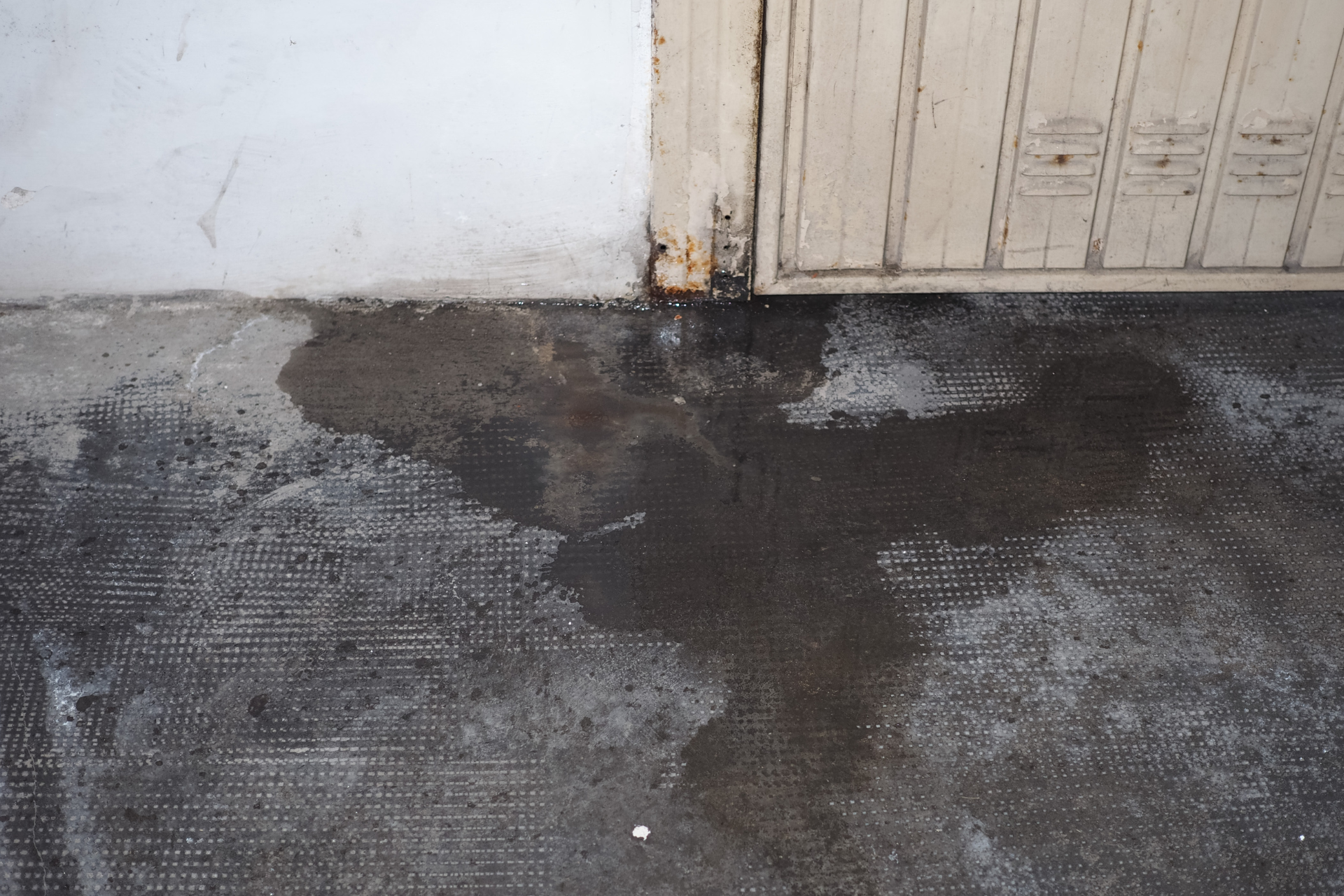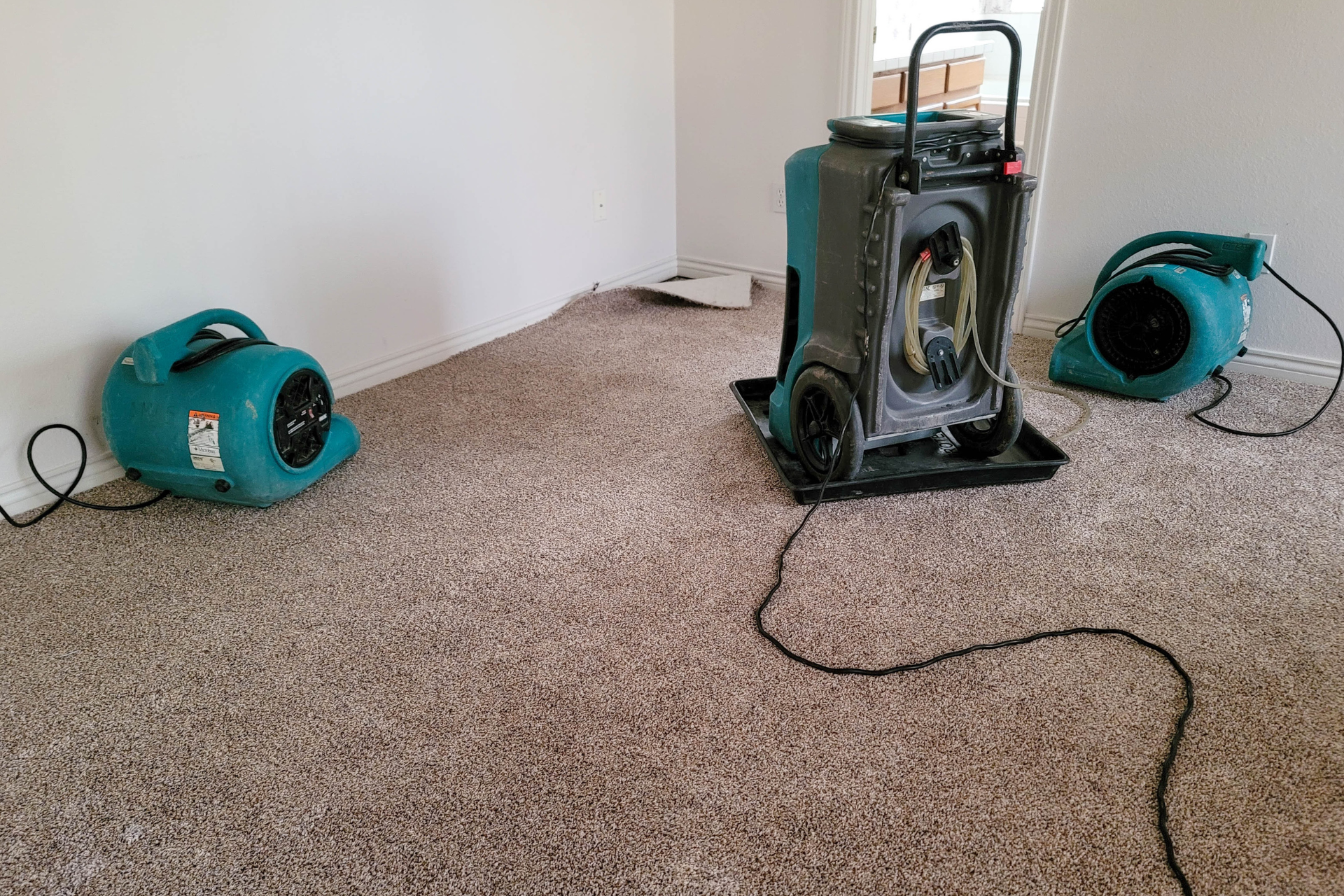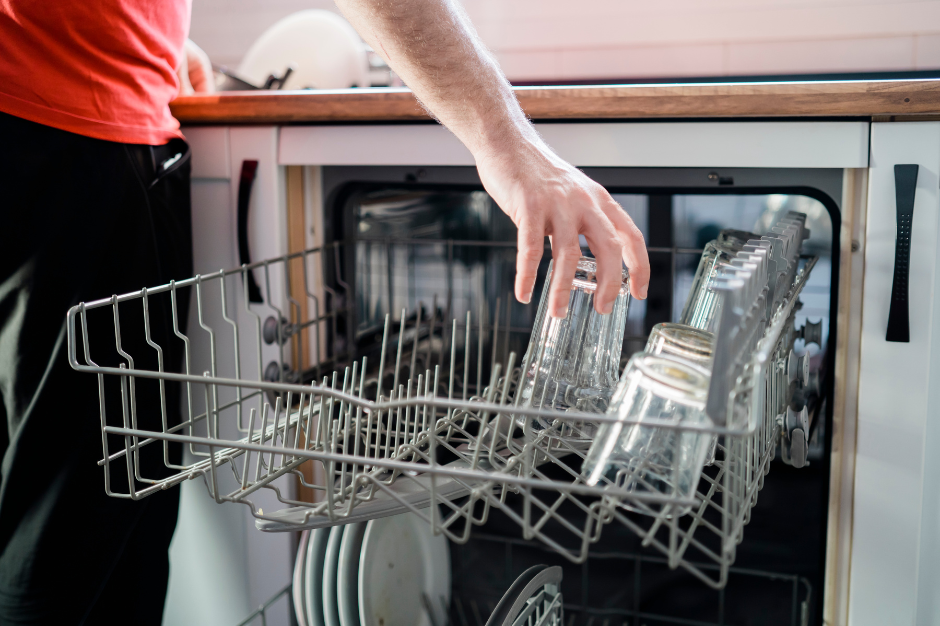Water Damage vs. Moisture Damage: Spot the Signs and Prevent Disaster

Hey there, friends! If you’ve found yourself here, you’re likely looking for answers on water and moisture damage. No worries! We’re the Utah Flood Guys, and we’re here to break it all down for you in an easy-to-understand way. Understanding the difference between water damage and moisture damage can make all the difference when it comes to protecting your home or business from disaster.
What’s the Difference?
At first glance, water damage and moisture damage might sound like two sides of the same coin. However, they're distinct in their causes, effects, and the steps you need to take to mitigate them.
Water Damage usually results from large-scale events like flooding, burst pipes, or overflowing bathtubs. This type of damage can be incredibly devastating, leading to significant structural issues and health hazards if not taken care of promptly. You’ll often notice signs like pooling water, water-stained walls and ceilings, and a telltale musty odor.
Moisture Damage, on the other hand, is typically the result of prolonged high humidity levels or minor leaks that go unnoticed. You might not see immediate effects, but over time, this excess moisture can lead to mold growth, wood rot, and other complications. Look for signs like condensation on windows, paint peeling, or that persistent damp smell.
Spotting the Signs
Recognizing the signs of either type of damage early can save you a world of trouble down the line. Here’s what to look for:
Signs of Water Damage
- Visible Water
This one’s pretty straightforward. Look for standing water in your basement, kitchen, or anywhere else in your home or business.
- Water Stains
Darkened patches on ceilings and walls often mean trouble.
- Sagging Ceilings
If your ceiling appears to bulge or sag, it could be retaining water and needs immediate attention.
Signs of Moisture Damage
- Mold or Mildew
Brick walls, baseboards, and damp corners are prime locations for mold growth.
- Swollen or Warped Materials
Pay attention to your wood flooring, door frames, and furniture. If they look warped or swollen, moisture may be at play.
- Persistent Dampness
If you feel a continuous dampness or humidity in your space, it might take action to address the underlying issues.
Prevention is Key!
Now that you know the signs, let’s get into prevention. Here are a few tried-and-true tips from your friends at Utah Flood Guys:
1. Regular Inspections
Routinely check your plumbing and appliances for leaks. Don’t forget to inspect roofs for missing shingles or damage!
2. Maintain Proper Ventilation
Use exhaust fans in places like kitchens and bathrooms to prevent moisture buildup.
3. Invest in a Dehumidifier
This is especially useful in areas prone to high humidity, helping regulate moisture levels year-round.
4. Keep Gutters Clean
Make sure your gutters and downspouts are clear of debris to ensure water is directed away from your foundation.
5. Act Fast
If you notice any signs of water or moisture damage, don’t delay. The quicker you act, the less potential for permanent damage.
In conclusion, whether it’s water damage or moisture damage, the sooner you catch it, the easier (and cheaper!) it is to manage. If you ever find yourself in a pickle, don’t hesitate to contact the Utah Flood Guys. We’re just a call away and ready to restore your space back to its original glory! Stay dry, friends!
You might also like
Utah Flood Guys Blog



